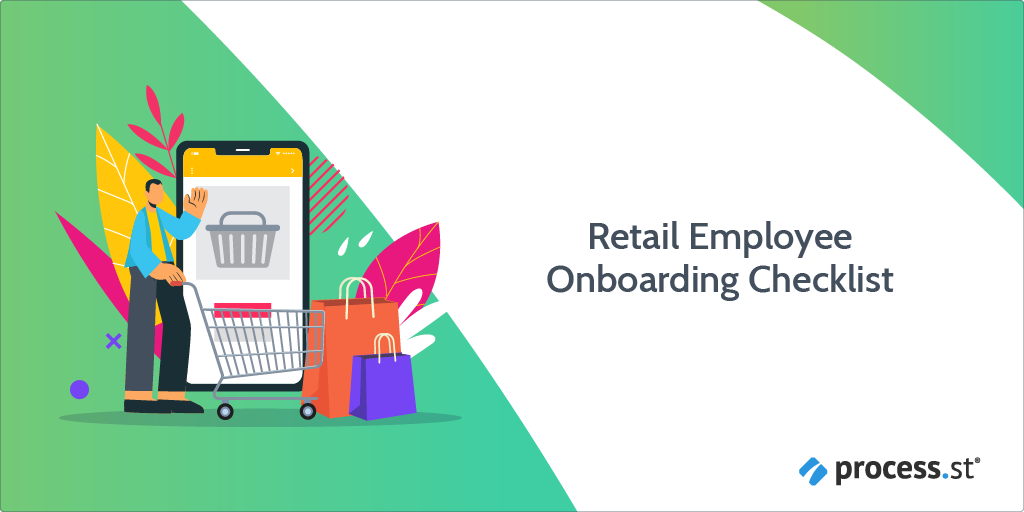New employees who are offered a well structured onboarding program are 69% more likely to remain in the company for up to 3 years. Unfortunately, most retail firms don't have a proper onboarding process in place. Many companies are informal or distant about the way they induct new employees, which results in statistics like:
- Half of all senior outside hires fail within 18 months in a new position
- Half of all hourly workers leave new jobs within the first 120 days
Failures like these can be avoided with a good onboarding system. According the SHRM onboarding research paper, Onboarding New Employees: Maximizing Success, good onboarding was found to lead to:
- Higher job satisfaction
- Organizational commitment
- Lower turnover
- Higher performance levels
- Career effectiveness
- Lowered stress
Let’s jump into this retail employee onboarding checklist to help ensure your new hire successfully integrates into your company with ease.

